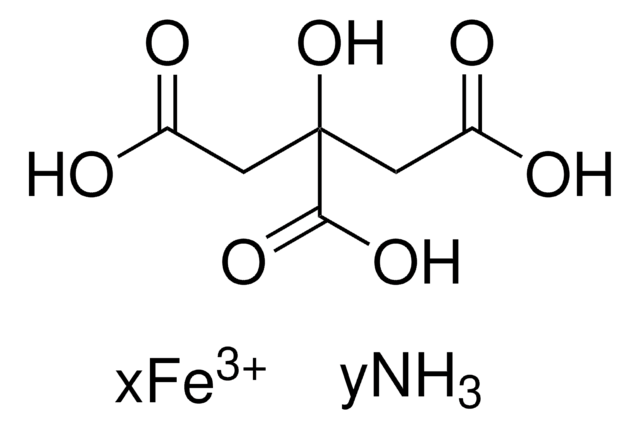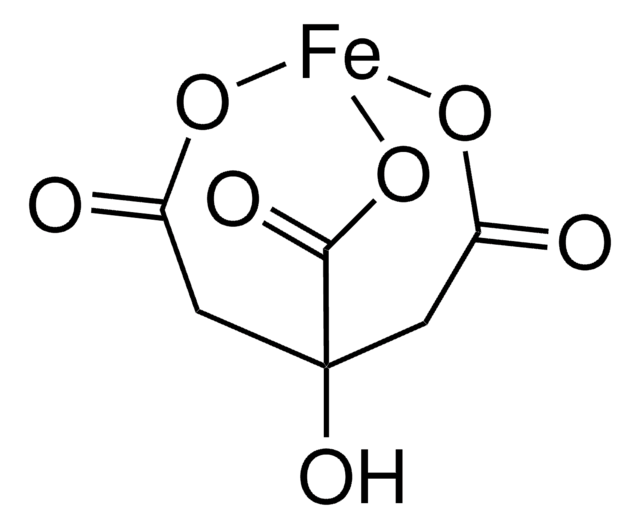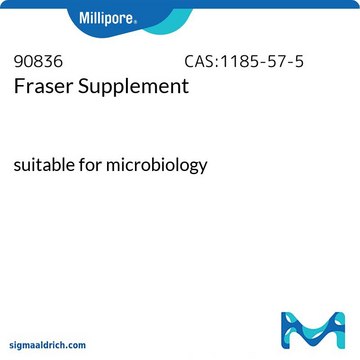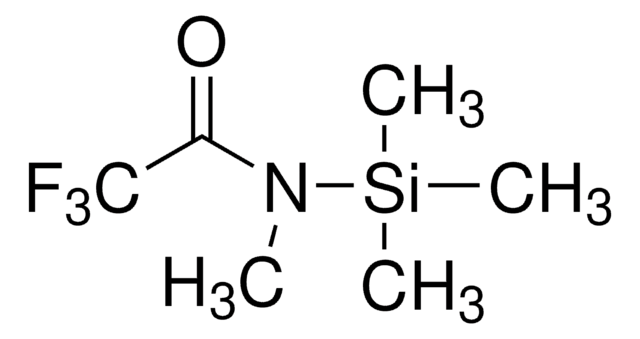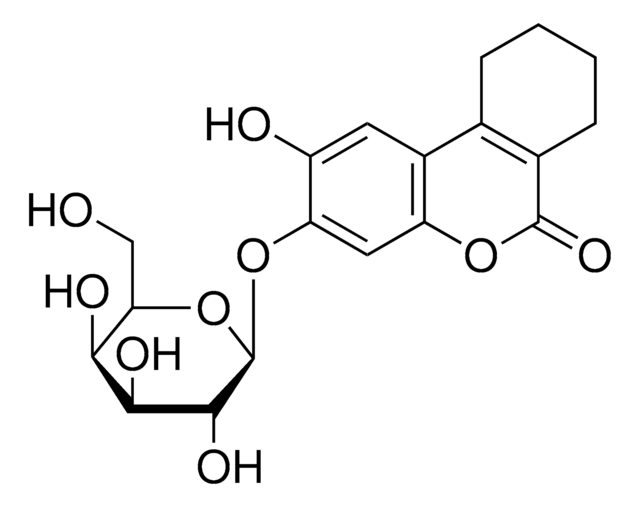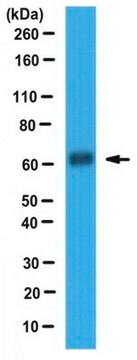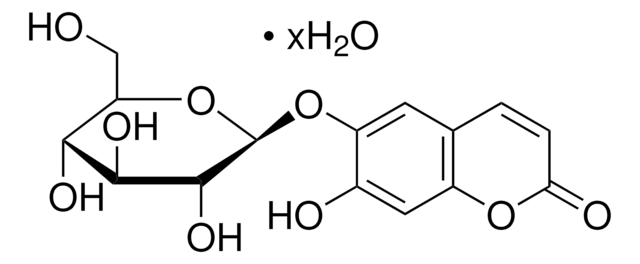おすすめの製品
グレード
reagent grade
フォーム
powder
組成
Iron, 16.5-18.5%
微量陽イオン
Fe: 16.5-18.5%
SMILES記法
N.OC12CC(=O)O[Fe](OC(=O)C1)OC(=O)C2
InChI
1S/C6H8O7.Fe.H3N/c7-3(8)1-6(13,5(11)12)2-4(9)10;;/h13H,1-2H2,(H,7,8)(H,9,10)(H,11,12);;1H3/q;+3;/p-3
InChI Key
FRHBOQMZUOWXQL-UHFFFAOYSA-K
類似した製品をお探しですか? 訪問 製品比較ガイド
詳細
クエン酸鉄(III)アンモニウムは、複数の有機反応およびFe3O4ベースのナノ材料調製における試薬および鉄前駆体として使用できます。Fe(OH)3をさまざまな比率のクエン酸およびNH4OHで処理することによって調製できます。
アプリケーション
クエン酸鉄(III)アンモニウムは、HEPES (4-(2-ヒドロキシエチル)-1-ピペラジンエタンスルホン酸)バッファーの存在下でアシネトフェリンから両親媒性シデロフォア鉄アシネトフェリン複合体を調製するための試薬として使用できます。Fe3O4-カーボンドット磁気蛍光ハイブリッドナノ粒子を調製するための鉄前駆体としても使用できます。
保管分類コード
11 - Combustible Solids
WGK
WGK 1
引火点(°F)
Not applicable
引火点(℃)
Not applicable
適用法令
試験研究用途を考慮した関連法令を主に挙げております。化学物質以外については、一部の情報のみ提供しています。 製品を安全かつ合法的に使用することは、使用者の義務です。最新情報により修正される場合があります。WEBの反映には時間を要することがあるため、適宜SDSをご参照ください。
労働安全衛生法名称等を表示すべき危険物及び有害物
名称等を表示すべき危険物及び有害物
労働安全衛生法名称等を通知すべき危険物及び有害物
名称等を通知すべき危険物及び有害物
Jan Code
F5879-500G:4548173949147
F5879-100G:4548173949130
F5879-BULK:
F5879-VAR:
この製品を見ている人はこちらもチェック
Pengfei Wang et al.
Science advances, 5(4), eaau8038-eaau8038 (2019-04-17)
The in situ measurement of the distribution of biomolecules inside a cell is one of the important goals in life science. Among various imaging techniques, magnetic imaging (MI) based on the nitrogen-vacancy (NV) center in diamond provides a powerful tool
Sant-Rayn Pasricha et al.
Nature communications, 8(1), 403-403 (2017-09-03)
Hepcidin regulates systemic iron homeostasis. Suppression of hepcidin expression occurs physiologically in iron deficiency and increased erythropoiesis but is pathologic in thalassemia and hemochromatosis. Here we show that epigenetic events govern hepcidin expression. Erythropoiesis and iron deficiency suppress hepcidin via
Yinghui Zhang et al.
Antioxidants & redox signaling, 13(7), 999-1009 (2010-04-22)
Cytosolic ferritins sequester and store iron, consequently protecting cells against iron-mediated free radical damage. However, the mechanisms of iron exit from the ferritin cage and reutilization are largely unknown. In a previous study, we found that mitochondrial ferritin (MtFt) expression
Rita Polati et al.
Journal of proteomics, 76 Spec No., 10-27 (2012-07-28)
Macrophages play a critical role at the crossroad between iron metabolism and immunity, being able to store and recycle iron derived from the phagocytosis of senescent erythrocytes. The way by which macrophages manage non-heme iron at physiological concentration is still
Yulia Pollak et al.
Journal of neural transmission (Vienna, Austria : 1996), 120(1), 37-48 (2012-03-27)
Iron accumulation and iron-related oxidative stress are involved in several pathological conditions and provide a rationale for the development of iron chelators as novel promising therapeutic strategies. Thus, we have recently synthesized multifunctional non-toxic, brain permeable iron chelating compounds, M30
ライフサイエンス、有機合成、材料科学、クロマトグラフィー、分析など、あらゆる分野の研究に経験のあるメンバーがおります。.
製品に関するお問い合わせはこちら(テクニカルサービス)